Guangzhou Monroe Biotechnology Co., Ltd.
Polygonum Multiflorum Shampoo Soap Cold Process Handmade Soap Black Hair Black Hair Anti-Dandruff Shampoo Soap
Polygonum Multiflorum Shampoo Soap Cold Process Handmade Soap Black Hair Black Hair Anti-Dandruff Shampoo Soap
Couldn't load pickup availability
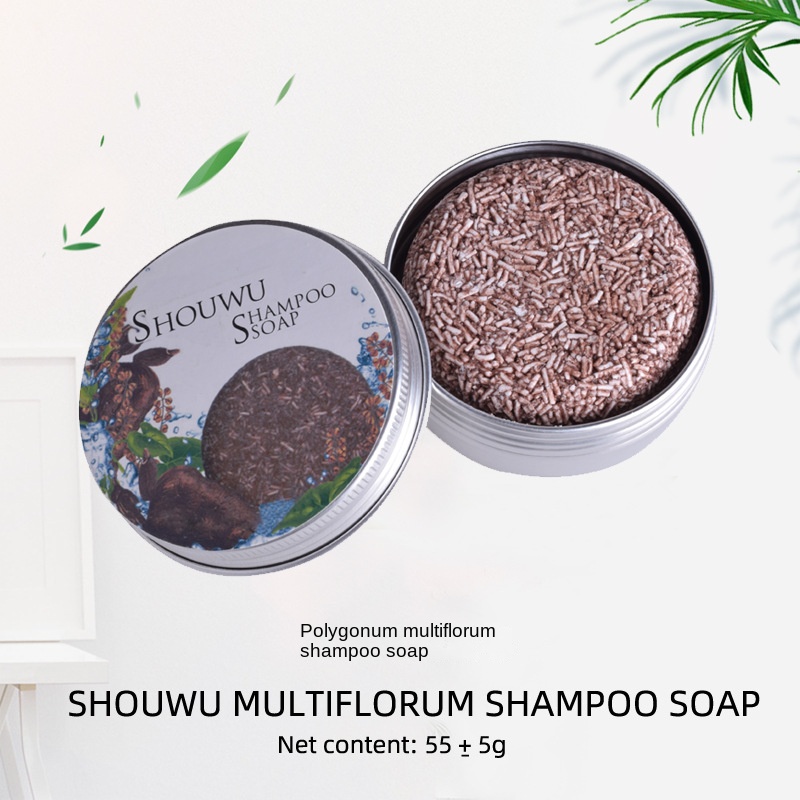

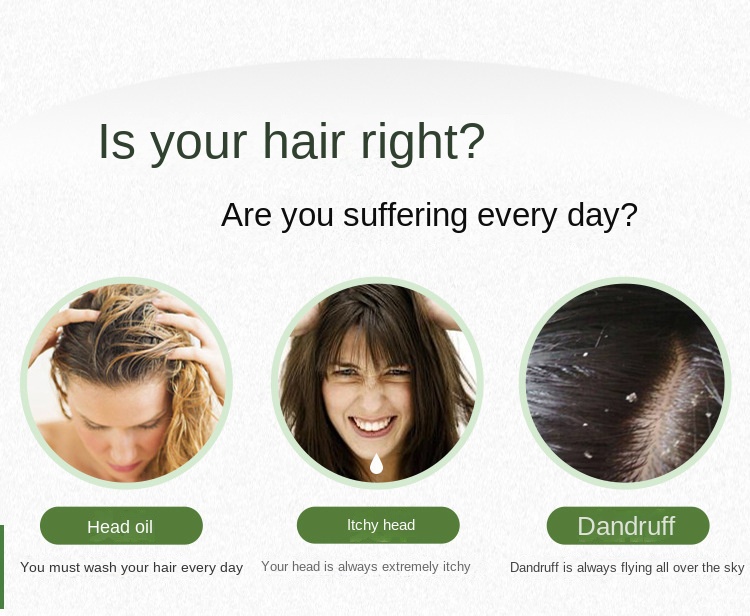
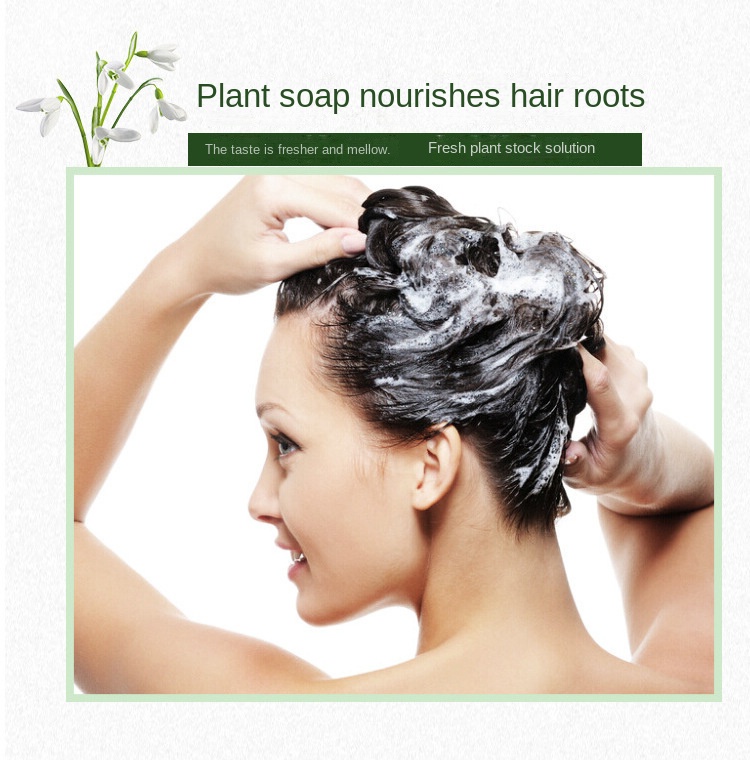
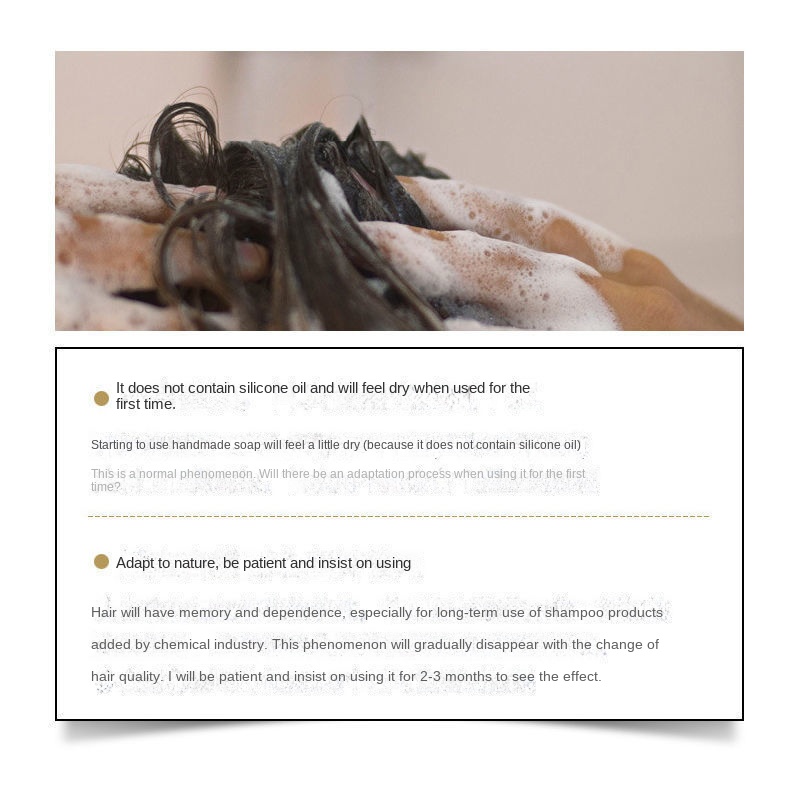
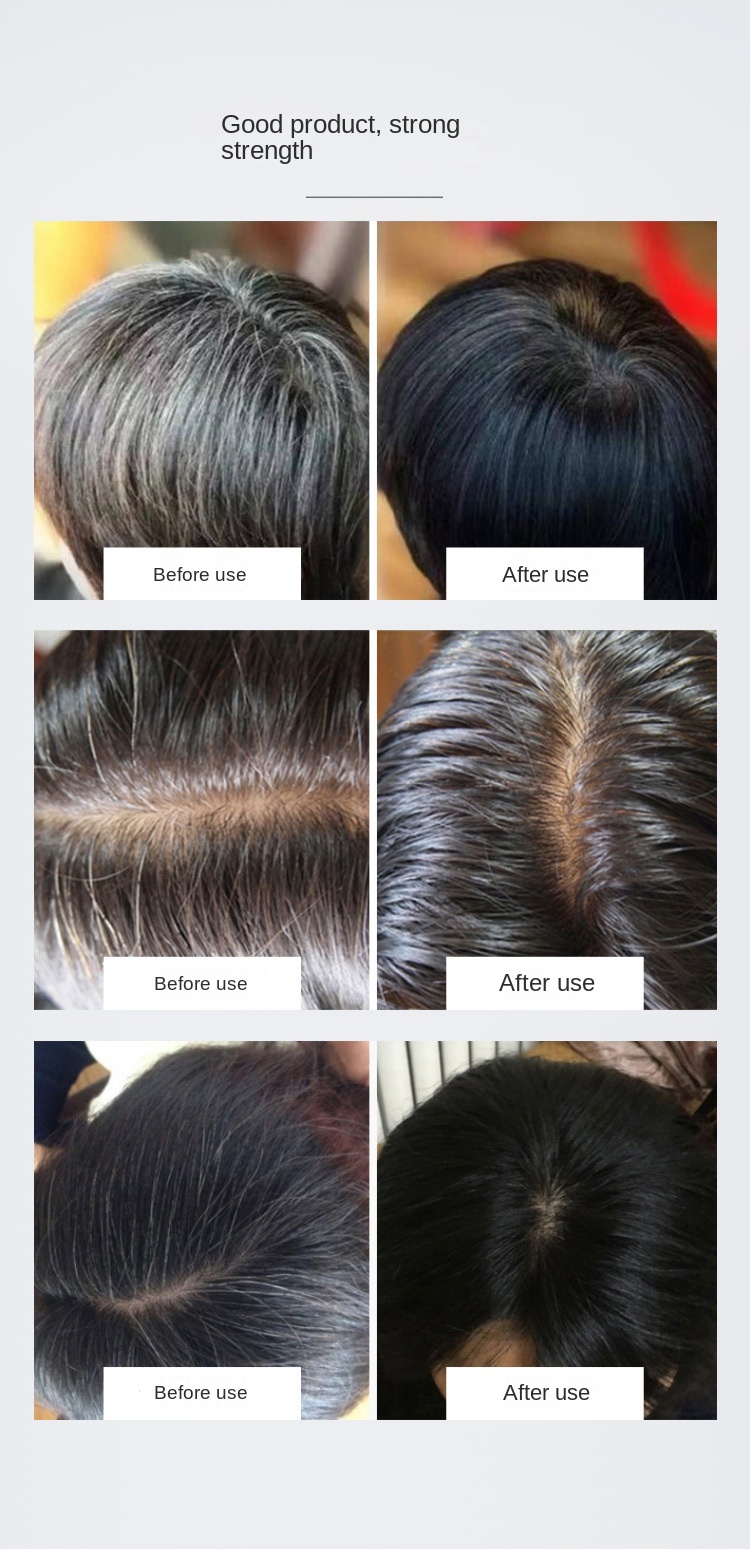
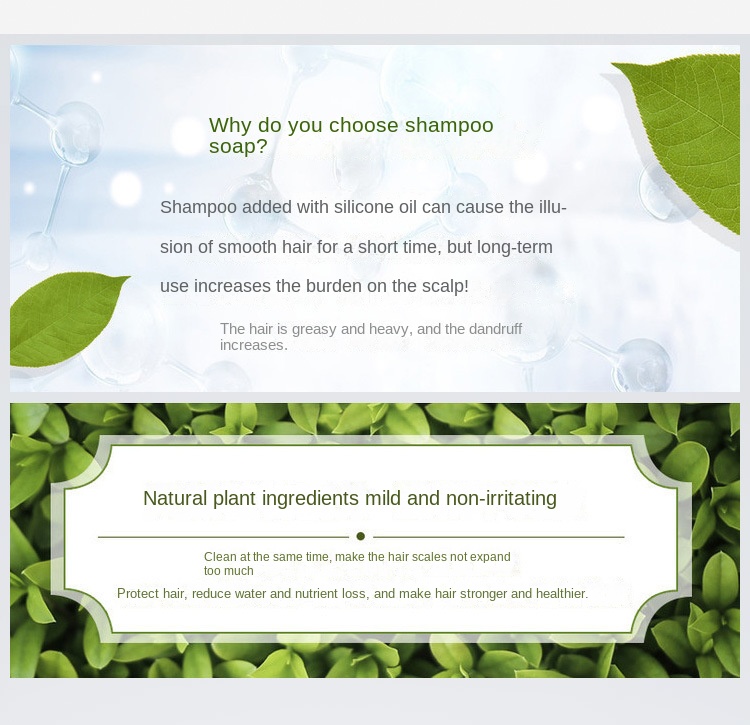
Handmade soap FAQ
1. How did handmade soap come out?
Grease + sodium hydroxide + water = soap + glycerin is so simple! Glycerol is an indispensable moisturizing ingredient in cosmeceutical and cosmetics. During the process of handmade soap saponification, 25% glycerol will naturally be produced, which is super moisturizing and mild.
2. Why is handmade soap better than commercial soap?
Most of the commercially available soap is used for cosmetics when saponification, and the glycerin generated by saponification is removed. The soap without glycerin is easy to dry the skin after washing. Some commercially available soaps cannot be called "soaps" at all, because they are chemical synthetic cleansers, which not only wash away the natural oil of the skin, but also may cause harm to the skin and the environment.
3. Does sodium hydroxide do handmade soap harm the skin?
The production of handmade soap must require alkaline substances. Ancient people used alkaline substances from wood ash, but now they use alkaline substances from sea salt sodium hydroxide of ingredients. Sodium hydroxide is strong alkali, which will hurt the skin, but after saponification with grease and water, it is no longer sodium hydroxide, but soap and glycerin. In order to make sodium hydroxide completely saponified, please leave it for one to two months after handmade soap is made. The soap completely saponified will certainly not hurt the skin.
4. Why does my soap come with water drops?
Cold process soap during the production process, 20-25% glycerol will be produced. With a large amount of precious moisturizing ingredients originally contained in vegetable oil, soap will automatically lock the moisture in the surrounding air, therefore, the water drops on the surface of the integrated soap have no effect on the use of cold process SOAP. Just wipe it off.
5. Normal skin reaction
Some people will have dry and rough skin and small pimples after using cold process soap, which are similar to cosmetics allergy. We call it "improvement", the "improvement phenomenon" occurs because it contains a large amount of chemical synthetic surfactant, body lotion and so on for a long time. It is not easy to rinse clean when washing, and remains on the skin after washing, which damages the sebum membrane over time. When the skin is first exposed to soap, the sebum membrane that lose its normal function cannot adapt to it and cannot restore the balance between oil and acid and alkali in a short period of time, so it feels dry and tight, sensitive skin may even have small pimples due to detoxification. The improvement phenomenon will gradually disappear within one month (the physiological cycle of skin is 28 days).
6. Color and fragrance of soap
The color added to soap can be natural or chemical synthetic. Although the chemical synthetic color is rich and not easy to fade, it will damage the skin after long-term use. For the sake of skin, my soap will try its best to keep its original flavor. Using some natural pigments, such as herbal tea, green algae, natural mineral mud, green tea powder, carrot juice, cocoa powder, etc., can make the soap more fragrant, more nutritious. In order to combine soap with aromatherapy, some soap will use organic essence oil to add fragrance to soap. However, the flavor retention time and intensity will change because it is not an industrial synthetic essence. As we all know, essential oil is volatile.
Share








